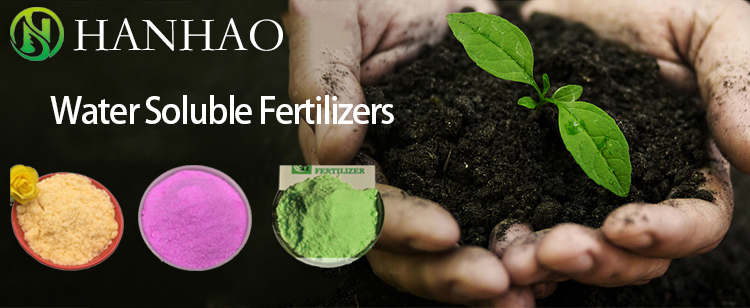
Nov . 22, 2024 01:25 Back to list
best npk 20-10-10 compound fertilizer
Understanding the Benefits of NPK 20-10-10 Compound Fertilizer
In the world of agriculture and gardening, the use of fertilizers is crucial for promoting healthy plant growth and maximizing crop yield. Among the various types of fertilizers available, NPK (Nitrogen, Phosphorus, and Potassium) fertilizers are particularly popular, with the NPK 20-10-10 compound fertilizer being a standout choice for many farmers and gardeners alike. This article will explore the constituents, benefits, and application methods of the NPK 20-10-10 compound fertilizer.
What is NPK 20-10-10?
NPK fertilizers contain three essential nutrients that plants require nitrogen (N), phosphorus (P), and potassium (K). The numbers in NPK fertilizers represent the percentage of each nutrient. For NPK 20-10-10, the formulation contains 20% nitrogen, 10% phosphorus, and 10% potassium. This specific ratio is particularly beneficial for promoting verdant foliage and overall plant growth, making it ideal for vegetables, fruits, and specific ornamental plants.
The Role of Each Nutrient
1. Nitrogen (20%) Nitrogen is a critical component for plant growth as it is vital for the synthesis of amino acids, proteins, and chlorophyll. With a high nitrogen content, NPK 20-10-10 encourages lush, green foliage and enhances photosynthesis, allowing plants to thrive and produce more biomass.
2. Phosphorus (10%) This nutrient plays a key role in energy transfer processes within the plant, including photosynthesis and respiration. Phosphorus is also essential for root development, flowering, and fruiting. The 10% phosphorus in NPK 20-10-10 aids in establishing a robust root system and promoting blooming, ensuring that the plants develop strong flowers and fruits.
3. Potassium (10%) Potassium is crucial for the regulation of various physiological processes, including water uptake and nutrient transportation. It enhances a plant’s ability to withstand stress from drought or diseases. The adequate potassium levels in NPK 20-10-10 support the overall vigor of plants, enhancing their resilience and productivity.
best npk 20-10-10 compound fertilizer

Benefits of NPK 20-10-10
One of the most significant advantages of NPK 20-10-10 is its ability to deliver a balanced nutrient supply that meets the demands of a wide variety of crops. The high nitrogen content makes it particularly suitable for leafy vegetables like lettuce and spinach, while the presence of phosphorus and potassium supports flowering plants and fruit-bearing crops such as tomatoes, peppers, and cucumbers.
Moreover, the use of NPK 20-10-10 can result in increased yields, better quality produce, and improved plant health. Farmers and gardeners who use this fertilizer often report vibrant plant growth and enhanced resistance to diseases and pests due to the well-rounded nutrition provided.
Application Methods
When applying NPK 20-10-10, it is essential to follow the recommended guidelines based on the plant's requirements and the soil's fertility status. It can be used as a granular fertilizer or dissolved in water for foliar application. Spread the granules evenly around the base of the plants, taking care not to let them touch the stems, and then water thoroughly to help the nutrients penetrate the soil.
Additionally, it is advisable to conduct soil tests before application to determine the existing nutrient levels, ensuring that you do not over-fertilize. Proper timing is also crucial; applying NPK 20-10-10 during key growth phases, such as planting or early growth stages, can optimize its effectiveness.
Conclusion
In conclusion, NPK 20-10-10 compound fertilizer is an excellent choice for anyone looking to boost plant growth and maximize yield. With its balanced nutrient composition, it effectively caters to the needs of various crops, making it a versatile tool in agriculture and gardening. By understanding its components and proper application methods, users can unlock the full potential of their plants and achieve verdant, flourishing results.
-
Premium 10 10 10 Fertilizer Organic for Balanced Plant Growth
NewsJul.29,2025
-
50 Pound Bags of 13-13-13 Fertilizer for All Plants – Bulk & Organic Options
NewsJul.28,2025
-
High-Efficiency 15-30-15 Granular Fertilizer for Healthy Crops
NewsJul.28,2025
-
15-30-15 Granular Fertilizer for Optimal Crop & Lawn Growth
NewsJul.27,2025
-
Premium 10 10 10 Water Soluble Fertilizer for Fast Plant Growth
NewsJul.26,2025
-
Premium 10 10 10 Fertilizer Organic for Plants & Lawns
NewsJul.25,2025
